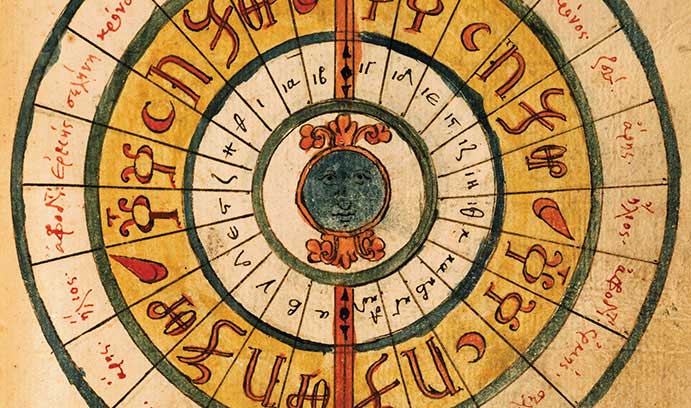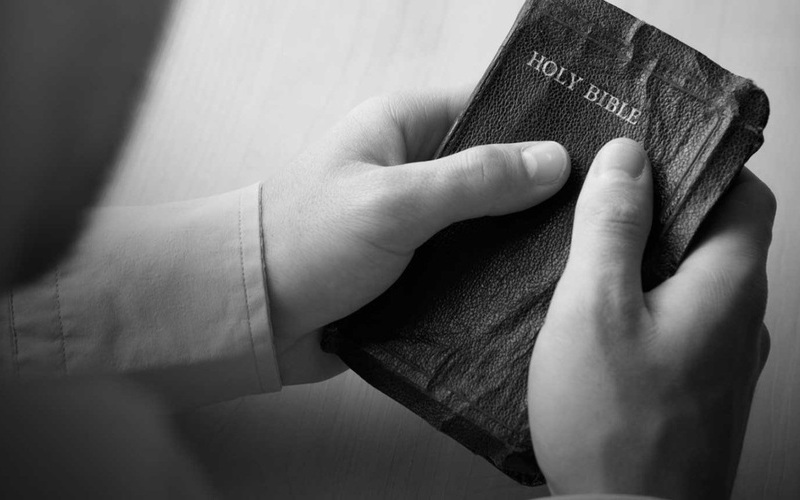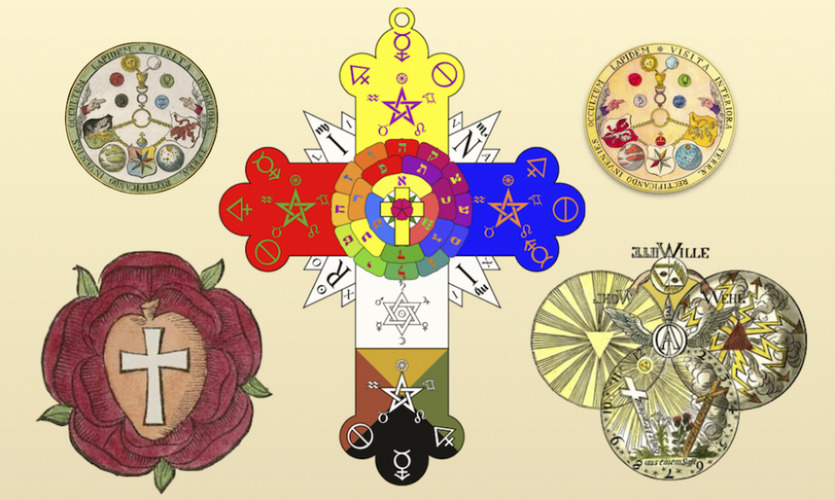kabbalah religion | History, beliefs, holy book& More
Kabbalah religion (also spelled Kabalah, Cabala, Qabala) sometimes translated as “mysticism” or “occult knowledge is a part of Jewish tradition that deals with the essence of God. Whether it entails a sacred text, an experience, or the way things work, Kabbalists believe that God moves in mysterious ways. However, Kabbalists also believe that true knowledge and understanding of that inner, mysterious process are obtainable, and through that knowledge, the greatest intimacy with God can be attained.
So Kabbalah religion is an esoteric method, discipline, and school of thought in Jewish mysticism. A traditional Kabbalist in Judaism is called a Mequbbāl.

Kabbalah religion history:
It is long and thorny, filled with reversals in attitude toward the dissemination of its wisdom. It has been looked on with suspicion and even hostility by some Jewish authorities since it first emerged, its lore codified in an ur-text known as the Zohar, the authorship of which some attribute to Moses de León in the 13th century and others to the sage Simeon ben Yohai in the second century.
Although kabbalah religion was studied from early on by elite circles of Spanish Jews and from the 15th century through the 18th century by scattered communities in the European and Islamic worlds, the prevailing attitude within the normative Jewish community was restrictive.
Fear of its antinomic implications being ever-present, kabbalah was generally considered to verge on the dangerously heretic in its speculative and personalized approach to a hidebound and communal religious tradition. It was tenuously approved for study only for devout married men over the age of 40 who were well versed in the Talmud and Jewish law or for exceptionally gifted and sturdy-hearted yeshiva students.
Kabbalah religion beliefs:
Some principal ideas include a very specific and radical notion of cosmology, one that involves an initial cataclysmic “rupture,” or literally “shattering of the vessels” (shevirat hakelim), that occurred during the Creation, leaving in its wake a fragmented and disordered state of affairs that can be made whole through selfless devotion to Tikkun Olam.
A second major theme focuses on a conception of God’s powers as being dynamic God is evoked as a receptive female presence called the Shechinah and the idea that human beings can unite with the divine spirit through meditation and by following the panoply of religious commandments, thereby restoring the universe to its original integrity.
Kabbalistic thought often is considered Jewish mysticism. Its practitioners tend to view the Creator and the Creation as a continuum, rather than as discrete entities, and the desire to experience intimacy with God.
This desire is especially intense because of the powerful mystical sense of kinship that Kabbalists believe exists between God and humanity. Within the soul of every individual is a hidden part of God that is waiting to be revealed. Even mystics who refuse to describe such a fusion of God and man so boldly, still find the whole of Creation suffused in divinity, breaking down distinctions between God and the universe.
Thus, the Kabbalist Moses Cordovero writes, “The essence of divinity is found in every single thing, nothing but It exists…t exists in each existent.”
Kabbalah religion holy book:
The Zohar, a collection of written, mystical commentaries on the Torah, is considered to be the underpinning of the Kabbalah religion. Written in medieval Aramaic and medieval Hebrew, the Zohar is intended to guide Kabbalists in their spiritual journey, helping them attain the greater levels of connectedness with God that they desire.
Kabbalah religion’s dimensions:
There are three dimensions to almost all forms of Jewish mysticism, which are likely to be understood by only small numbers of people who possess specialized knowledge or interest in the topic:
- The investigative
- The experiential
- The practical
The investigative aspect of Kabbalah involves searching the hidden reality of the universe for secret knowledge about its origins and its organization a quest that is more esoteric than mystical. In Jewish tradition, there are three ways esoteric knowledge can be obtained:
- By interpreting sacred texts to uncover nistar (“hidden” meaning).
- By oral transmission of tradition from a Kabbalistic master.
- By direct revelation, which might include visitation by an angel or Elijah, spirit possession, or other supra-rational experience.
Although it is primarily interested in metaphysics, things “beyond” the physical universe, investigative Kabbalah is not anti-rational. All Jewish mystical/esoteric traditions adopt the language of and expand upon, the philosophic, and even scientific ideas of their time.
The experiential dimension of Kabbalah religion involves the actual quest for mystical experience: a direct, intuitive, unmediated encounter with a close but concealed Deity.
As Abraham Joshua Heschel wrote, mystics “…want to taste the whole wheat of spirit before it is ground by the millstones of reason.” Mystics specifically seek the ecstatic experience of God, not merely knowledge about God.
Historians of Judaism identify many schools of Jewish esotericism across time, each with its own unique interests and beliefs. Technically, the term “Kabbalah religion” applies only to writings that emerged in medieval Spain and southern France beginning in the 13th century. Beyond academia, however, the term “Kabbalah” is a catchall for all forms of Jewish esotericism.
Types of Kabbalah religious practices:
In their quest to encounter God, Jewish mystics live spiritually disciplined lives. Although neither formal nor informal monasticism is sanctioned by Jewish mysticism, experiential Kabbalists tend to be ascetics. Nonetheless, Judaism keeps its mystics grounded, and they are expected to marry, raise a family, and fulfill all customary communal religious obligations.
Therefore, many willfully expand the sphere of their religious practice beyond what tradition requires, creating hanganot, personal daily devotional practices. In his will, one Kabbalist recommended this regime to his sons: periods of the morning, afternoon, evening, and midnight prayer, two hours devoted to the Bible, four and a half to Talmud, two to ethical and mystical texts, and two to other Jewish texts, as well as one and a half hours to daily care, time to make a living and five hours to sleep!
The practical dimension of Kabbalah religion involves rituals for gaining and exercising power to effect change in our world and in the celestial worlds beyond ours. This power is generated by performing commandments, summoning and controlling angelic and demonic forces, and otherwise tapping into the supernatural energies present in Creation.
The practical aspect of Kabbalah furthers God’s intention in the world, advancing good, subduing evil, healing, and mending. The true master of this art fulfills the human potential to be a co-creator with God.
World Religions
READ THIS NEXT:
Kabbalah religion | Common questions on kabbalah
What are common Kabbalah Beliefs & who are they Kabbalah Celebrities?
Agnostic religion | History, Beliefs, & Definition &More
Confucianism religion | History, Beliefs, god, & More…
The church of the flying spaghetti monster | All about it
Maradona religion | All about The Church of Maradona



